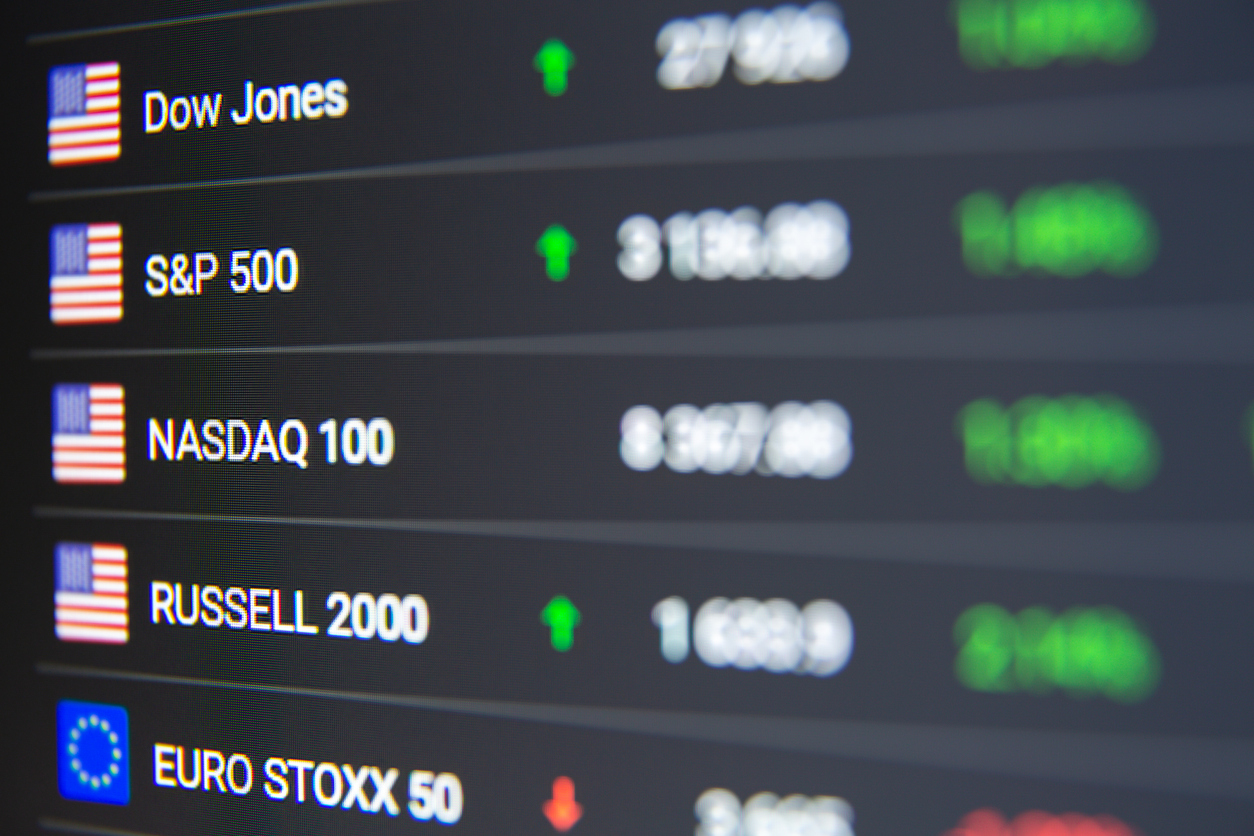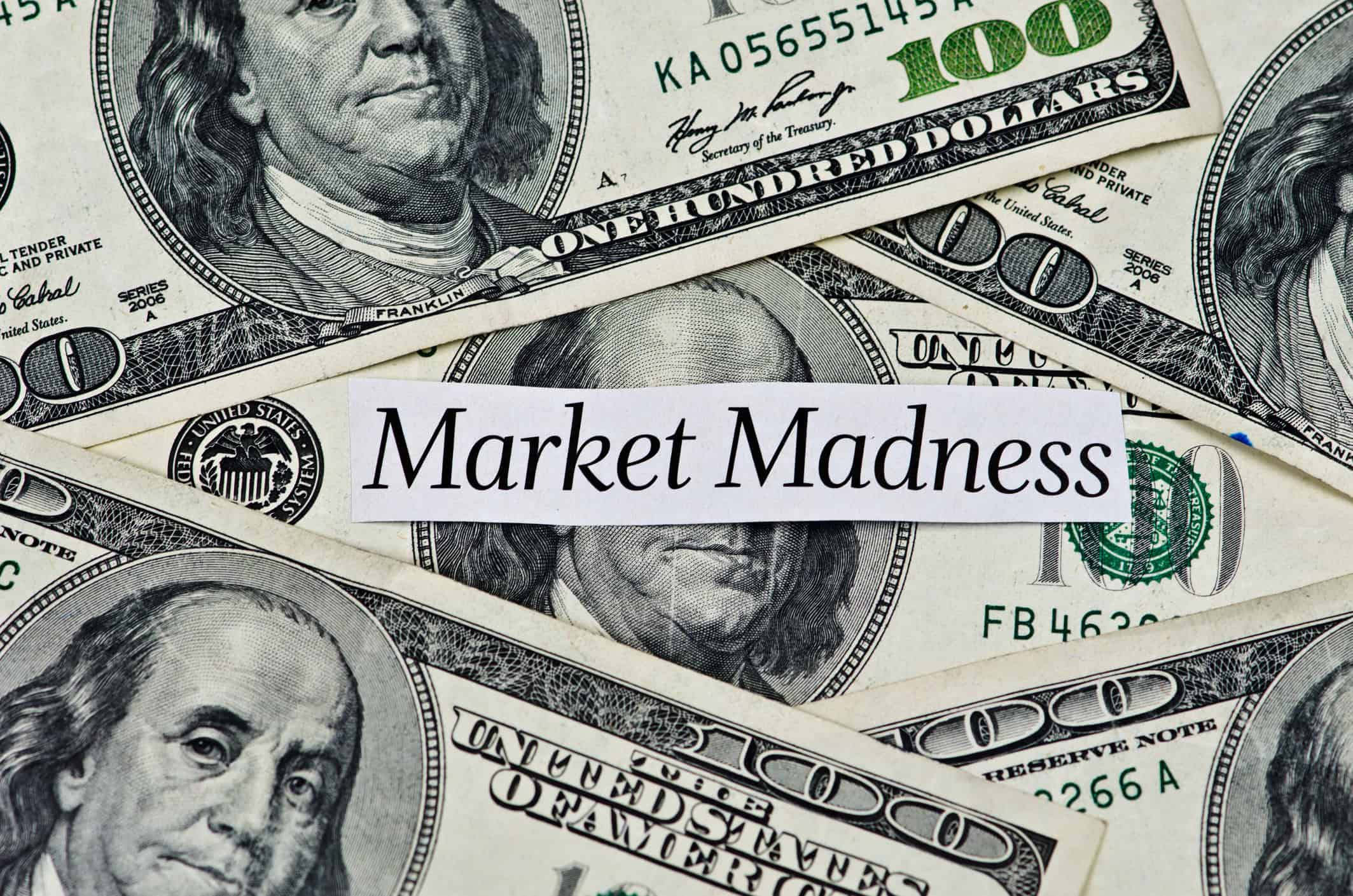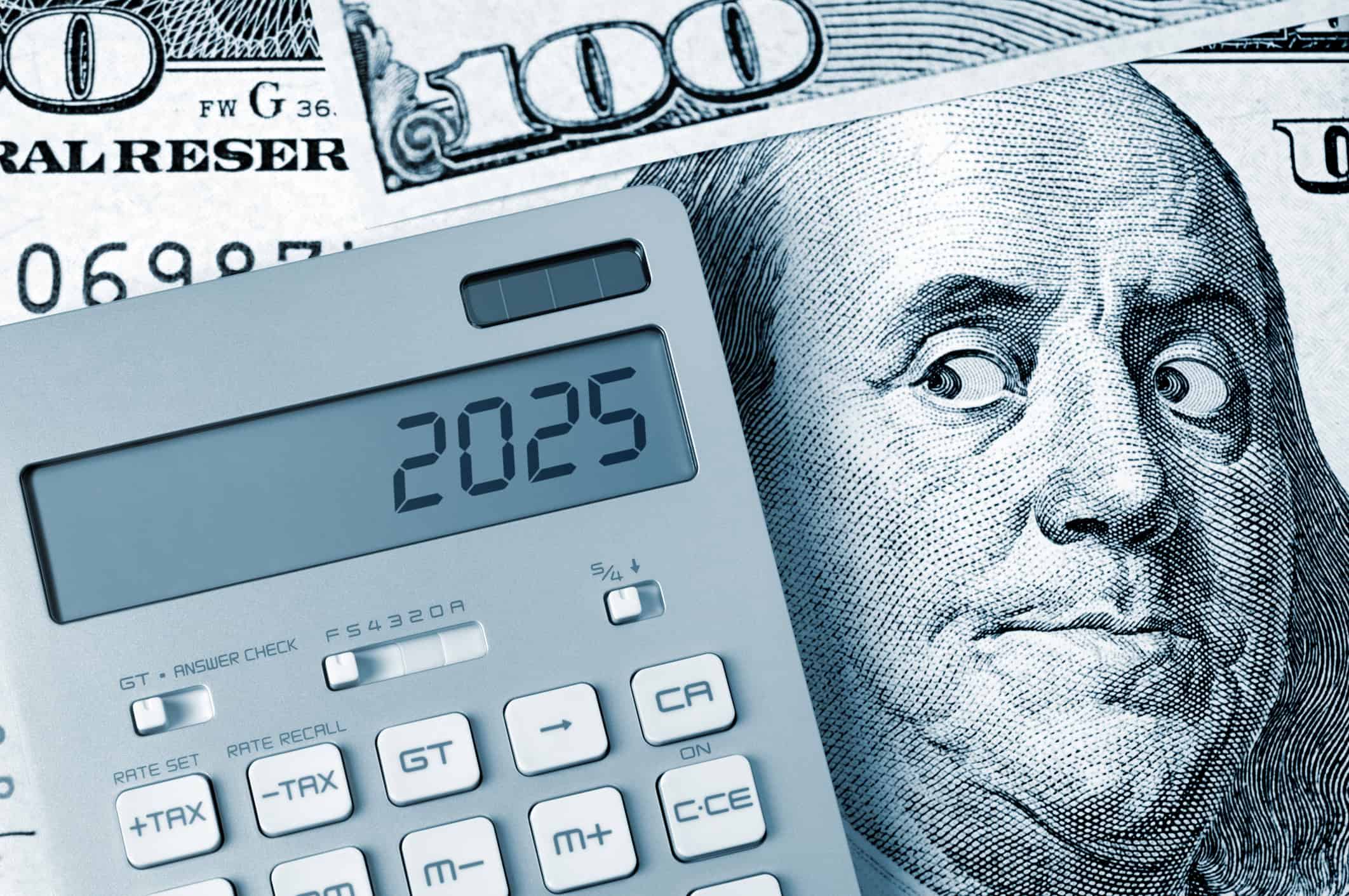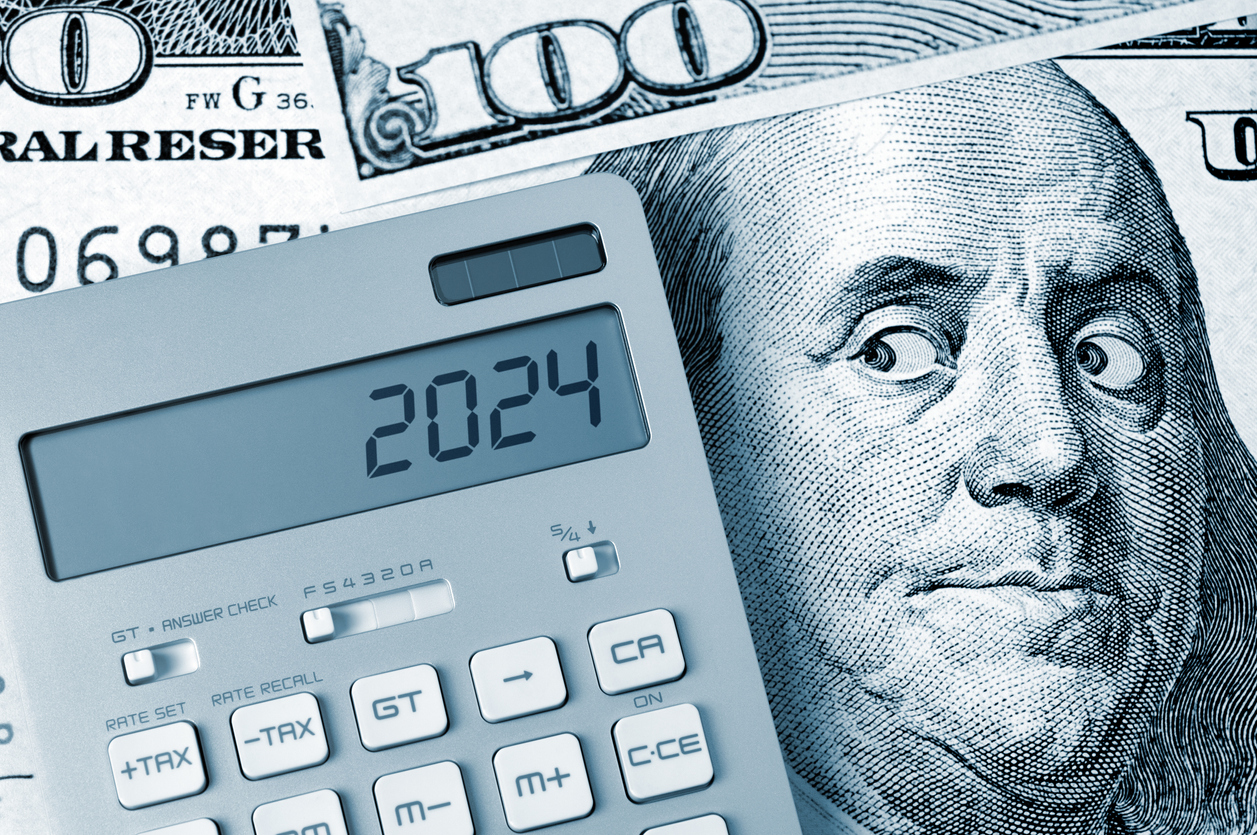
Why Is The Price Of The Dow So Much Higher Than The S&P 500?
Why is the Dow higher than the S&P500? Before we get started, do me a favor. Pick up your phone or go to your computer. Open your internet browser and search for “S&P 500.” The first result will show the current price of the index. Make a note of the number. Next, search for “Dow Jones.”
Notice how much higher it is? As in, tens of thousands of dollars higher.
What is the Dow?
As you know from a past post, the Dow tracks the performance of 30 of the most prominent companies listed on stock exchanges in America. (Think Apple, Coca-Cola, and Walmart, among others.) The S&P 500, meanwhile, measures 500 of the largest companies listed on American stock exchanges.
This is why many investors often wonder why the Dow’s total price is so much higher than the S&P, even though the latter contains hundreds more companies. The answer has to do with how these two indices are calculated.
How is the Dow Calculated?
The Dow, for example, is calculated by taking the 30 stocks in the average, adding up their prices, and then dividing the total by the “Dow Divisor.” Early in the Dow’s history, this divisor was simply the number of companies within the average. Today, the divisor is adjusted regularly to factor in changes to the list of companies, stock splits, and other events that could have an impact on the overall average.
As of this writing, the Dow Divisor is 0.15172752595384. In effect, calculating the Dow’s value essentially means multiplying the sum of each company’s price by roughly 6.5. (Because the divisor is less than one means it technically functions as a multiplier.) Every $1 change in price to a particular stock within the Dow equates to a movement of 6.59 points on the Dow. (1 divided by 0.15172752595384.) I know that probably seems counterintuitive, but hey, that’s math!
An Unweighted Index
This multiplication effect is partly why the Dow’s value is so much higher than the S&P 500’s. You see, even though the S&P contains hundreds more companies, its overall price is lower because of how it’s weighted. Now, take another deep breath before we plunge into the wild world of weighted vs. unweighted indices…and yes, do a little more math.
In an unweighted index, every company has the same impact on the overall index, no matter its price or how many shares are available. The price of the index is determined by simply adding up every company’s stock price, then dividing by the total number of companies in the index. For example, imagine an unweighted index containing only three companies. If Company A went up 15%, Company B went up 10%, and Company C went up 5%, the index itself would be up 10%. (15+10+5=30, and 30 divided by 3 equals 10.)
With me so far?
Most indices don’t work like this, however. That’s because not all companies are equal. Some are worth much more than others or have a much higher volume of shares available to buy or sell. For that reason, a simple mean average is a pretty unnuanced way of looking at the overall index. For this reason, most indices are weighted. This means the average is calculated by putting more importance – or weight – on some numbers than others. It’s a more accurate way of looking at data.
The S&P500
The S&P is a capitalization-weighted index. (The Dow, by contrast, is a much simpler price-weighted index.) That means each company is weighted according to its market capitalization – the company’s share price multiplied by the number of shares available to buy or sell. As you know, some companies are simply bigger than others. Typically, this means they have more outstanding shares, which means a higher market capitalization and more weight within the S&P 500. The result? The price movement of these companies has a much bigger impact on the S&P than that of smaller companies.
For these reasons, the divisor that the S&P 500 uses is much higher than for the Dow. In fact, it’s currently higher than 8,000.2 And the equation the S&P uses is much more complex. (I’ll spare you the algebra.) This is all done to keep the value of the index down to a more manageable level, and to prevent the price movement of a few companies from having an even bigger impact on the overall index than they already do. Hence, as of this writing, the Dow is currently over 35,000, while the S&P is around 4,675.
Let Hennion & Walsh Offer a Second Opinion
Curious to learn more? Our unmatched client experience will give you peace of mind. Just as you may seek a second opinion about your health, we believe successful investors can gain value and peace of mind by getting a second opinion on their financial health. So, whether you’re worried about today’s uncertain economic environment or looking for increased peace of mind, we can help. Get a complimentary second opinion on all your retirement accounts not held at Hennion & Walsh today!
Hennion & Walsh Experience
We have investment professionals, planners and portfolio managers that can collectively analyze your situation through the lens of their respective disciplines. Each member brings valuable insights to apply to your situation. Whether you are looking for income strategy guidance or growth strategy guidance, a second opinion of all your retirement accounts not currently held at Hennion & Walsh could be beneficial to your financial health.
Disclosures:
Hennion & Walsh Asset Management currently has allocations within its managed money program, and Hennion & Walsh currently has allocations within certain SmartTrust® Unit Investment Trusts (UITs) consistent with several of the portfolio management ideas for consideration cited above.
Past performance does not guarantee future results. We have taken this information from sources that we believe to be reliable and accurate. Hennion and Walsh cannot guarantee the accuracy of said information and cannot be held liable. You cannot invest directly in an index. Diversification can help mitigate the risk and volatility in your portfolio but does not ensure a profit or guarantee against a loss.




